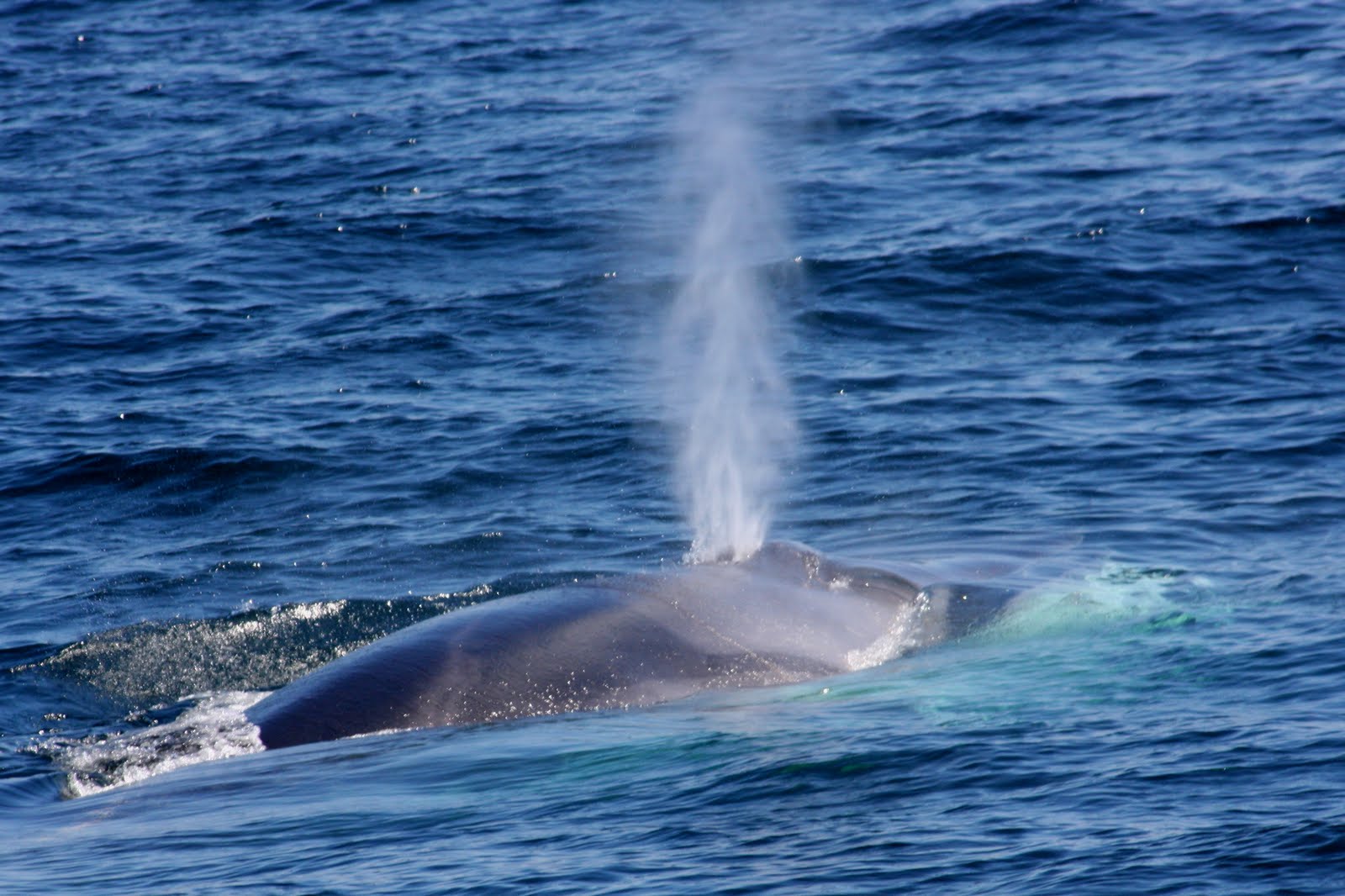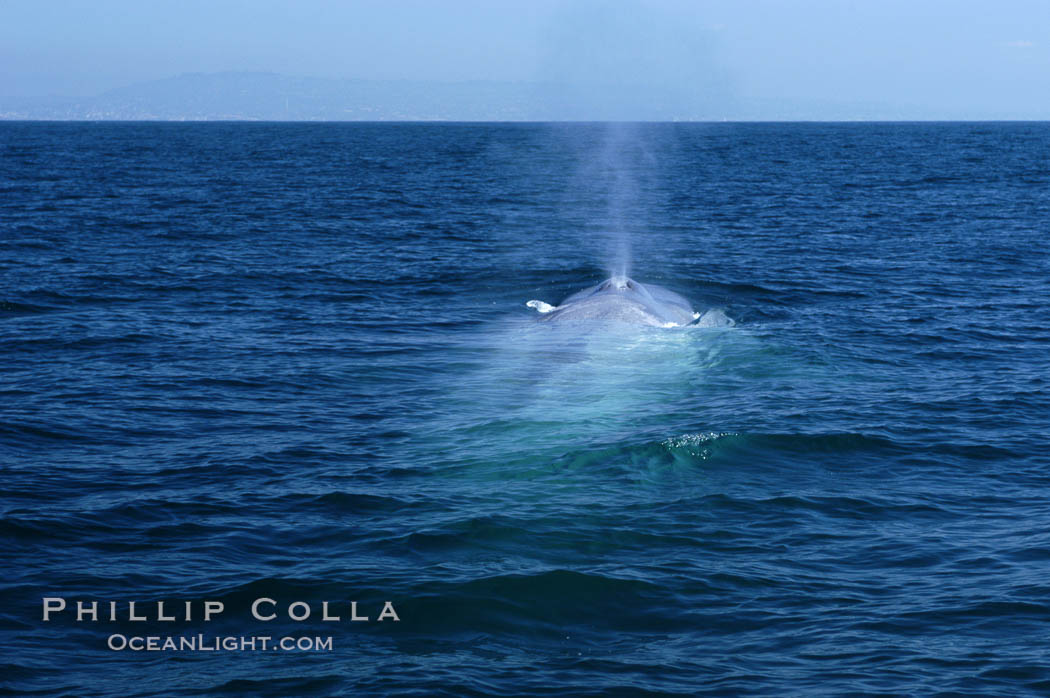


One can hardly be surprised that the old writers on Natural History were unacquainted with the real composition of the whale's "spout." Those of them who sought for any original information on marine zoology, obtained it chiefly from uninstructed and superstitious fishermen but they generally contented describing, as follows, the Physeter, or, as his translator, Streater, calls it, the Whirlpool.
#Whale spout full
El ver a las ballenas en el mar abierto es una experiencia increíble que nunca olvidarás."While noisy fin-fish let their fountains fly  And spout the curling torrent to the sky."Įminent zoologists and intelligent observers, who have had full opportunities of obtaining practical knowledge of the habits of these great marine mammals, have forcibly combated and repeatedly contradicted this erroneous idea but their sensible remarks have been read by few, in comparison with the numbers of those to whom a wrong impression has been conveyed by sensational pictures in which whales are represented with their heads above the surface, and throwing up from their nostrils columns of water, like the fountains in Trafalgar Square. Si la ballena se aleja, no la persigas.Įl Programa Si Observa un Resoplo, ¡Cuidado! contiene más información sobre la navegación responsable y la observación de ballenas. Y por último: No las persigas, dales su espacio.Īcercarse a una ballena puede alejarla de su fuente de alimento, molestar a una madre con su cría, o cambiar otros comportamientos importantes. Las ballenas jorobadas a veces se alimentan mediante la formación de nubes de burbujas alrededor de su presa.Īsí que si observas manchas espumosas en la superficie de color verde claro, evítalas, una ballena hambrienta está a punto de emerger. Si hay otros barcos observando ballenas cerca de ti, utiliza tu radio para coordinar los turnos de observación.Ĭuarto: Evita problemas, mantente alejado de las burbujas. Tercero: Muchos botes, ¡habla con tus compañeros! Algunas pautas son voluntarias y otras se deben cumplir por ley, asegúrate cuáles aplican antes de salir del muelle. No te dirijas hacia una ballena que se aproxima, no alteres su trayectoria de desplazamiento y mantén una distancia segura, puede ser desde 30 metros hasta 450 metros dependiendo de la especie y de la región. Si ves un chorro de agua, una cola, o una ballena saltando, reduce tu velocidad y mantén un puesto de observación. Aquí encontrarás lo que necesitas saber para respetar su espacio y mantenerlos a salvo en su casa. Seeing whales in the open ocean is an amazing experience and one that you will never forget.Ĭuando haces canotaje, vela, o incluso kayak, puedes estar más cerca de lo que crees de los animales más grandes de la Tierra. The See a Spout, Watch Out program has additional information on responsible boating and whale watching. So if you see light green, foamy patches on the surface, avoid them - a hungry whale is about to surface.Īnd last: Don't chase, give the whales space.Īpproaching a whale may cause it to move away from its food source, disturb a mother with her calf, or change other important behaviors. Humpback whales sometimes feed by creating bubble clouds around their prey. If there are other boats watching whales near you, use your radio to coordinate your turn viewing.įourth: Avoid trouble, steer clear of bubbles. Third: Lots of boats, then talk to folks! Some guidelines are voluntary and some are enforced by law, make sure you know what they are before you leave the dock. This may be 100 feet or up to 1,500 feet depending on the species and region. More than one could be in the area.ĭon't head towards an approaching whale, don't alter its path of travel, and maintain a safe distance. If you see a spout of water, a tail, or a breaching whale, slow down and post a lookout. So, here's what you need to know to respect their space and keep them safe in their home. When you're out boating, sailing, or even kayaking, you may be closer than you think to the largest animals on Earth.


 0 kommentar(er)
0 kommentar(er)
